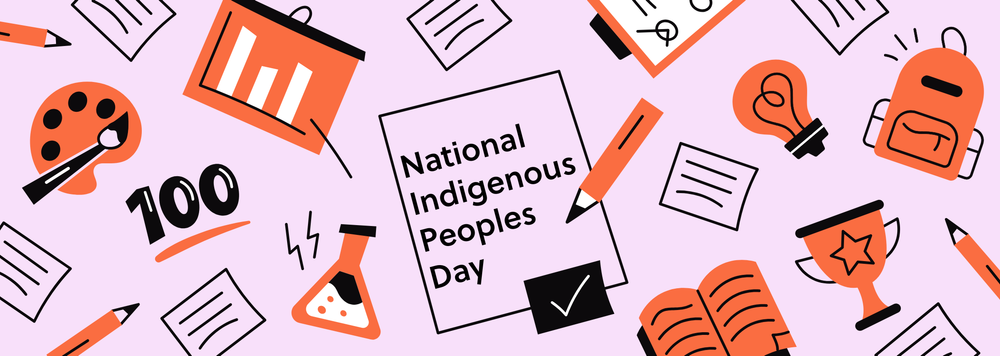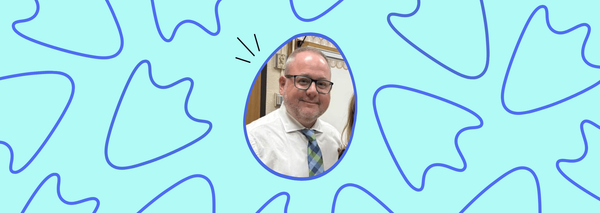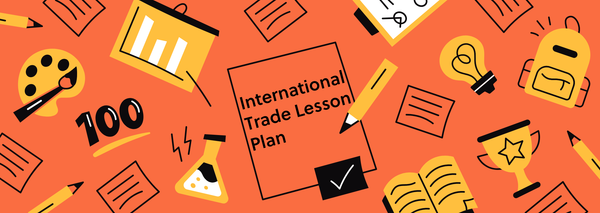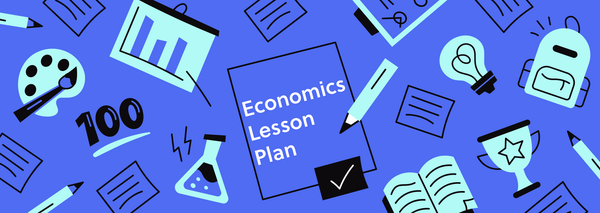Lesson Title: Honoring Indigenous Peoples in the Classroom
June 21st marks National Indigenous Peoples Day in Canada —a time to recognize and honor the rich cultures, traditions, and contributions of First Nations, Inuit, and Métis peoples. In the USA, Americans similarly celebrate Indigenous Peoples Day on October 13. While this plan highlights National Indigenous Peoples Day in Canada, many of the approaches and values outlined here can be adapted for classrooms in the United States and elsewhere.
This engaging lesson plan invites students in grades 9–12 to go beyond the textbook, learning from Indigenous histories and perspectives through inquiry, reflection, and a dynamic Goosechase Scavenger Hunt.
This lesson is designed to honor Indigenous Peoples without placing the responsibility of teaching or representation on Indigenous students. All students are invited to learn from Indigenous voices with respect and care, while ensuring classroom spaces remain inclusive, safe, and empowering for everyone.
Grade: 9 - 12
Subject: History
Approaching this Lesson with Care
When teaching Indigenous history, it’s essential to create a respectful, inclusive, and emotionally safe space—especially if Indigenous students are in your classroom.
- Avoid singling out Indigenous students. Never assume or expect them to speak on behalf of their community or share personal experiences unless they voluntarily choose to.
- Emphasize collective learning. Frame the lesson as an opportunity for all students to learn from Indigenous voices, not about Indigenous Peoples as outsiders.
- Use authentic sources. Incorporate Indigenous-authored materials—videos, quotes, art, and stories—to center Indigenous voices without placing that burden on students.
- Offer opt-out options. Some topics (e.g., residential schools or reconciliation) may be emotionally difficult. Allow students to engage in alternative ways if needed.
- Foster empathy and reflection. Set the tone that this lesson is about listening, understanding, and growing together—not judgment or debate.
- Encourage ongoing learning. This isn’t a one-time event. Highlight the importance of continuing to learn from and with Indigenous Peoples throughout the year.
You may also want to consult with Indigenous education advisors, knowledge keepers, or local community members to ensure the lesson reflects the perspectives of the Indigenous Peoples in your region.
Learning Objectives:
- By the end of this lesson, students will be able to:
- Understand the significance of National Indigenous Peoples Day
- Identify and describe key aspects of Indigenous cultures and histories in Canada.
- Recognize the diversity among First Nations, Inuit, and Métis peoples.
- Conduct guided research on Indigenous traditions, contributions, and contemporary issues.
- Demonstrate their learning through a creative and interactive Goosechase Scavenger Hunt.
Materials:
- Mobile devices (tablets, phones, or laptops) with the Goosechase app installed
- Projector or smartboard
- Printed or digital research templates (optional)
- Access to Goosechase platform (app or browser)
Preparation:
- Create an Experience on the Goosechase app with a series of Missions focussed on learning from Indigenous Peoples.
- Develop Missions that require students to demonstrate their understanding of what they have learned. Example Missions:
- Traditional Teachings: Choose a symbol or object from your research that reflects what you’ve learned about Indigenous worldviews or values. Explain why you chose it.
- Language Matters: Submit a text answer: What is one Indigenous word you learned today, and what does it mean?
- Voices of Change: Record a short video of your group introducing an Indigenous leader and their impact.
- Truth and Reconciliation: The Calls to Action are intended to redress the legacy of residential schools and advance reconciliation. Please remember to approach this reflection with care and empathy. Write a short reflection on what one TRC Call to Action means to you.
- Cultural Expression: Create and upload a sketch or digital drawing inspired by Indigenous art styles or traditions.
- Land Acknowledgments: Work with your teacher to research existing land acknowledgments or consult local Indigenous resources. Then, collaboratively write a short acknowledgment that reflects your understanding and respects the protocols of the Peoples whose land you live on.
- Quick Quiz: Create a short 3-question quiz based on what your group researched.
- Adapt the difficulty of the Missions based on the proficiency levels of your students to keep the activity inclusive and engaging for everyone.
- Prepare hints or resources that might help students solve the Missions if needed.
- Divide students into teams and assign each team a mobile device with the app, or have students complete the scavenger hunt individually.
- Run your Experience during one class period or longer.
- App Set-Up
- Dedicate time to ensuring all students have the Goosechase app downloaded and joined to the Experience to avoid any tech issues.
Lesson Plan Outline:
- Introduction
- Have a class discussion:
- "What do you already know about Indigenous Peoples in Canada?”
- "Have you ever participated in an Indigenous cultural event or ceremony?"
- "Why might it be important to celebrate National Indigenous Peoples Day?"
- Follow this with a brief video or slideshow highlighting:
- The history of National Indigenous Peoples Day (established in 1996, held on the summer solstice).
- The three distinct groups recognized under the Canadian Constitution: First Nations, Inuit, and Métis.
- The significance of the land and traditional knowledge to Indigenous worldviews.
- Have a class discussion:
- Instruction and Mini Lesson
- Cover key topics such as:
- Traditional knowledge and storytelling
- Indigenous contributions to art, science, environment, and politics
- The ongoing impact of colonialism, including the legacy of residential schools
- Truth and Reconciliation Commission (TRC) Calls to Action
- You may provide a short reading or infographic to support your lecture, and facilitate Q&A as needed.
- Cover key topics such as:
- Student Research Activity
- Divide students into small groups or pairs. Assign each group a topic (or let them choose from a list), such as:
- A specific Indigenous nation or community
- Indigenous language revitalization efforts
- Indigenous leaders (historical or contemporary)
- Cultural traditions (dance, music, clothing, ceremonies)
- Environmental stewardship and land-based knowledge
- Instructions - Each group must answer:
- Who/what is your topic about?
- Why is it important to Indigenous identity or history?
- How does it connect to contemporary Indigenous life?
- What should others know or understand about it?
- Encourage students to gather at least two credible sources, and prepare brief notes or a one-slide summary.
- Goosechase Scavenger Hunt
- Read through Missions with students, emphasizing the importance of evidence and analysis in their responses.
- Monitor progress and provide assistance as necessary.
- If working in teams, encourage them to strategize and collaborate to solve the Missions.
- Sit back and enjoy watching your students collaborate and demonstrate their learning.
- Debrief and Reflection
- Review the activity, discussing which missions were the most challenging or fun.
- Have students reflect on their learning. What surprised or moved them the most?
- Discuss how teams collaborated and solved problems together.
- Discuss how we can continue learning from Indigenous Peoples throughout the year
- Optionally, award prizes to the team(s) with the highest score.
Optional Post-Experience Activities:
- Guest Speaker
- Invite a local Indigenous elder or community member to speak.
- Visual Response
- Have students contribute their research findings to a classroom display or digital showcase.
- Reflective Journal Response
- What was your biggest takeaway from this experience?
- Did any aspect of Indigenous history or culture surprise you? Why?
- How can youth contribute to reconciliation?
- Reconciliation Action Plan
- In groups or individually, students create an action plan highlighting what they and others can do on the journey to reconciliation.
Assessment
- Participation and teamwork during activities.
- Engagement with Goosechase missions.
- Assessment of any assignments such as Reconciliation Action Plan or Reflective Journal Response.
Ready Made Experience To Try
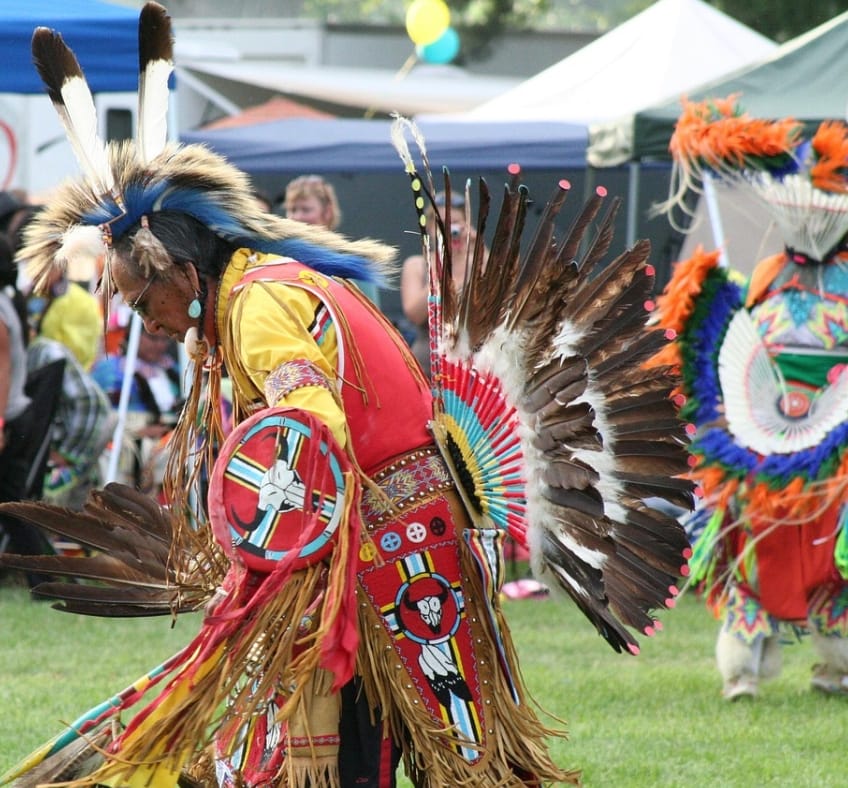
Indigenous Peoples Day
Celebrate National Indigenous Peoples Day with an interactive Goosechase Experience.
Get your own copy!
Want a copy of this lesson plan to use with your class?
What is Goosechase EDU?

Indigenous Peoples Day
Celebrate National Indigenous Peoples Day with an interactive Goosechase Experience.
Goosechase is an online platform that helps educators create and run interactive learning experiences in their classrooms and beyond. Sign up and try creating an Experience, or contact us to learn more about our school and district-wide solutions!


